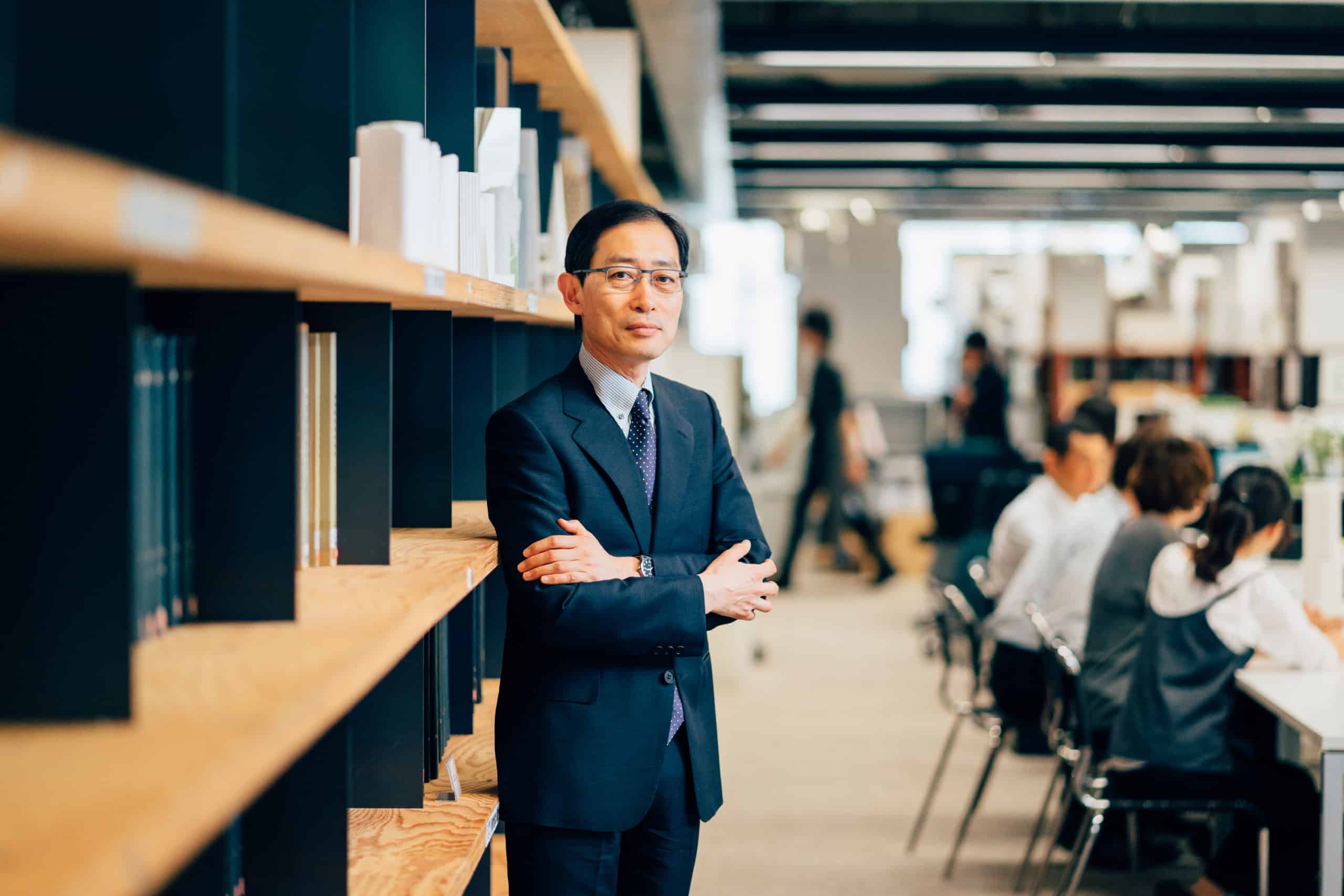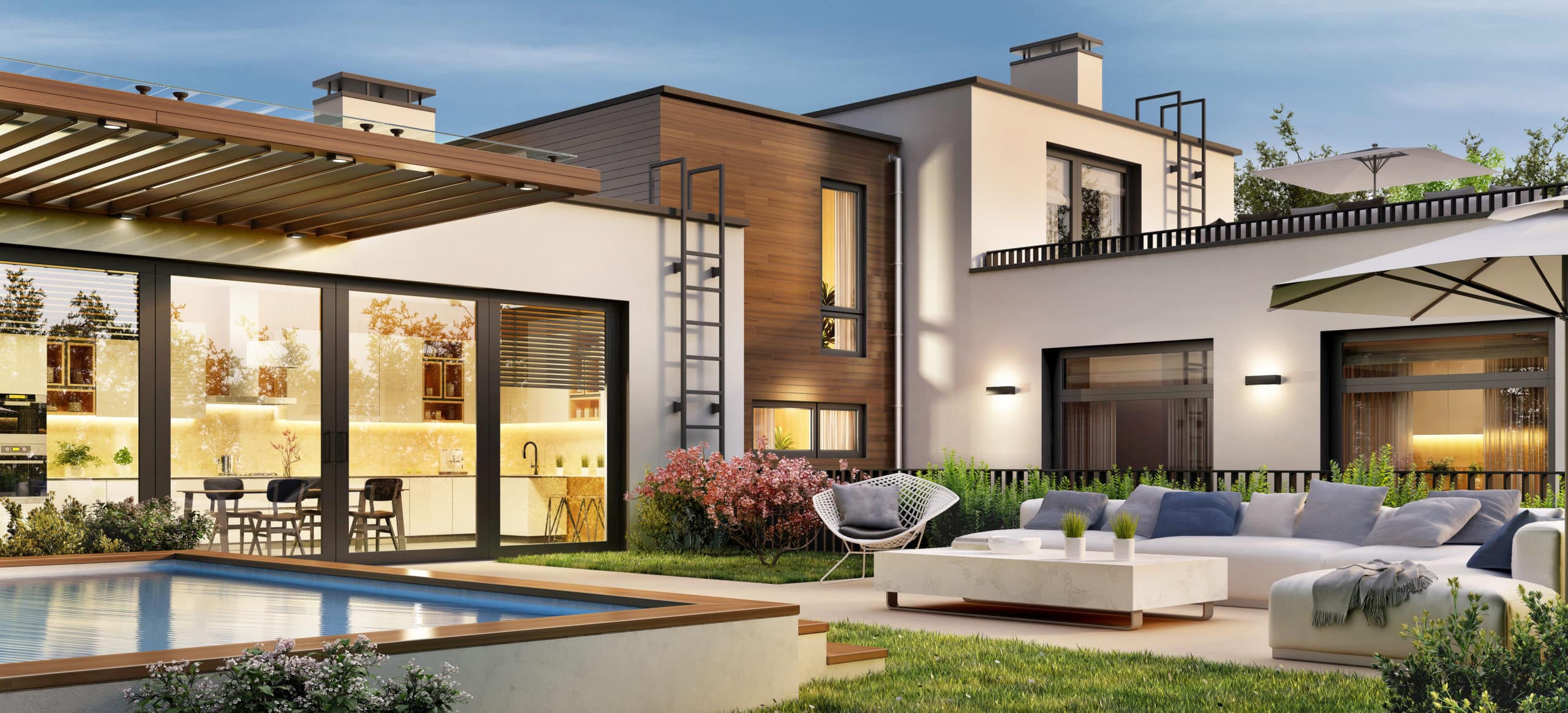 Applying the Japanese idea of “coexistence with nature” in design to unlock the doors to a new society
Applying the Japanese idea of “coexistence with nature” in design to unlock the doors to a new society
WORDS: TADAO KAMEI, PRESIDENT AND CEO AT NIKKEN SEKKEI
Medical professionals around the world have fought hard to sustain society amid the perils of COVID-19. Now, based on all that we have been through, I believe it is our mission as those engaged in urban and architectural design to create proposals for a safer and more sustainable urban environment. Here, I would like to talk about the thoughts I had while our activities were restricted.
Shift from high-density concentrations to a balanced distribution
The high-density integration of urban functions is efficient and is thought to act as a source of innovation resulting from a mix of interactions. However, I have learned that an excessive level of concentration can be an obstacle to the continuity of business activities when the movements of people, goods, and services are restricted because of a virus.
Going forward, we must be able to properly maintain a remote environment with business, residential and commercial zones distributed at appropriate densities. In normal times, this distribution will increase the number of choices available for both work and living spaces, and in the event of a disaster, will ensure a minimum level of functionality.
However, this is not the only change. In our future, I believe that society will emerge that incorporates not only spaces, but the concepts of virtual reality and time, where completely new cities, buildings, and spaces must be created. Today, we have started to take up this challenge in preparation for that time.
 Accommodating flexible architectural spaces
Accommodating flexible architectural spaces
Standards and regulations for buildings and rooms are legally set according to their respective uses. However, in this pandemic, general hospital beds are being converted for use for infectious diseases, and homes and hotels are being used as rooms for people who only show minor symptoms to recuperate.
Many residences have also become offices for people working remotely from home. With this in mind, I believe preparing for the creative, flexible use of spaces in the future for both normal times and during disasters will lead to the resilience of society with due consideration paid to legal compliance, without the need for excess investment. These spaces are also reminiscent of the simple, but highly flexible housing culture in Japan that has been adapted for multiple purposes, such as for bedrooms and dining rooms, where rooms can be changed by opening and closing fusuma (paper sliding doors) to tailor them to the user.
Breathable architecture and cities
Semi-outdoor spaces, such as verandas, can be found throughout Japanese architecture. If you open up windows and control the amount of sunlight that filters in using eaves and fittings, pleasant breezes will flow through structures. Light gardens in traditional machiya townhouses are narrow spaces that offer a point of contact with nature. Ventilation has been pointed out as a priority item in measures to combat infectious viral diseases, and if this concept in Japanese architecture is applied to existing buildings and cities in a completely new way, it may help with measures to prevent the spread of infectious diseases and also save energy.
Business Continuity Planning (BCP) and resilience based on the concept of complex disasters
Disaster responses must not be forgotten in the context of creating resilient cities. Throughout its past, Japan has experienced a multitude of natural disasters. We have a keen sense of the importance of promoting disaster preparation plans and urban development for earthquakes, typhoons, river flooding caused by torrential rainfall, and power outages occurring simultaneously with a pandemic based on simulations in normal times.












